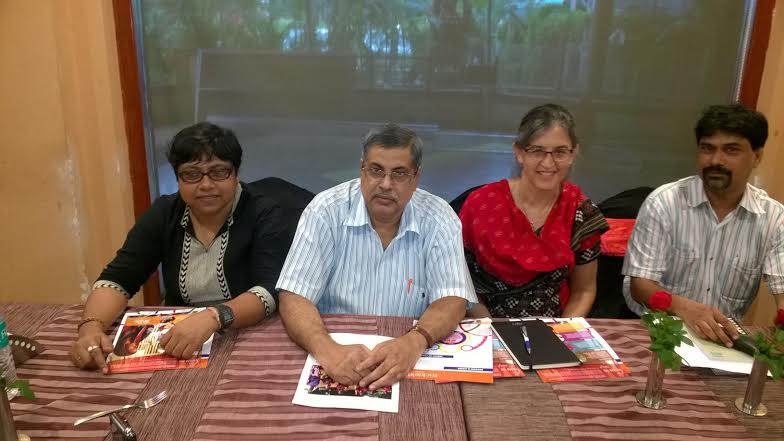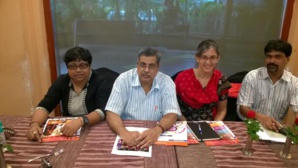Dailycsr.com – 27 July 2015 – The Indian state of Odisha has been constantly battered by cyclone due to its proximity to the Bay of Bengal and its location which most often falls on the trajectory of any storm born from low-pressures on the sea. Therefore, livelihood is a constant battle there; consequently one gets to witness a lot of ultra-poor households. The government of Odisha through its “Odisha Livelihood Mission” programme has been active in looking into the matter.
Moreover, there is a double support for this endeavour in Odisha now, as the international agency, Trickle Up, has joined hand in partnership with the “Odisha Livelihood Mission”, whereby the duo will be addressing the said affair in collaboration. As per the reports of the “Odisha Diary bureau”, from Bhubaneswar –
Moreover, there is a double support for this endeavour in Odisha now, as the international agency, Trickle Up, has joined hand in partnership with the “Odisha Livelihood Mission”, whereby the duo will be addressing the said affair in collaboration. As per the reports of the “Odisha Diary bureau”, from Bhubaneswar –
“An international development agency Trickle Up builds partnership with Odisha Livelihood Mission (OLM) to work for alleviating ultrapoor from the shackle of extreme poverty to a stable livelihood system.”
The visible benefits of working with the team of Trickle Up is that it brings on the table its more than three decades’ experience of “working with ultrapoor” whereby it has gathered knowledge from hands on understanding of the problem. The agency has been active in “different parts of the world” even in India. Trickle Up’s approach towards the problem of ultra-poor is derived from the “approach of CGAP”, which has been “developed” by the World Bank.
Following the method of CGAP, Trickle Up team applies it “in a focused manner” which in turn has enabled them to establish “demonstrable impact”. Trickle Up’s aim is to equip people with tools and the skills to use them besides various “capital grants” and “access to financial services”. Moreover, the agency provides “handholding support” to the poor people through coaching which enables the latter to build “social capital” so as to invest in a “sustainable livelihood”. The projects of these kinds are always conducted within a pre-determined time frame for wherein lots of “researched and published by MIT” forms the base.
The Trickle Up’s programme of uplifting poor livelihood in Odisha has yielded “good result”. Encouraged by this positive outcome the agency joined in the partnership with the state government in order to take part in government’s “flagship programme” whereby signing “an MoU” with Odisha Livelihood Mission on the 2nd of July 2015. As per the agreement, the agency is initially work “1000 ultrapoor households” which are situated in Bolangir and Sundargarh, two of the “poorest pockets” of the state.
Depending on the outcome of the work there is a scope of expanding the project to reach out to larger population. In order to instil a sustainable livelihood” whereby redeeming the mass concerned from the shackles of poverty, the agency will also include various eminent social issues like
“...child protection, women empowerment, prevention trafficking/migration, people’s participation in governance shall be integrated into the programme design.”
There will also a special focus section that will concentrate on provide improved livelihood to people suffering from disabilities. The further aim of the agency is to expand itself by collaborating with “other credible livelihood promoting agencies” which fall under the category of government programmes, civil-society bodies and CSR organisations. The team of Trickle Up is made of Dr Braja Mishra, Ms Jaya Sarkar, Ms Maitreyee Ghosh and Mr Amalendu Pal, the last person being the representative of “Asian Regional”. Moreover, Mr Amalendu Pal assures:
“We can end extreme poverty through building partnership amongst various actors of development.”


 Trickle Up Is to Work In Collaboration With OLM To Help The Poor Lead A Sustainable Life
Trickle Up Is to Work In Collaboration With OLM To Help The Poor Lead A Sustainable Life





 Companies
Companies